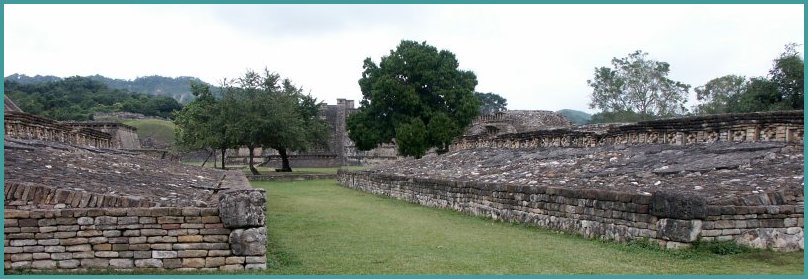

The culture is notable for its obsession with the ball game, evidenced by the number of ballcourts (no fewer than 17), and it is speculated that it was the center for these ceremonial games (a sort of mesoamerican Olympia!). Some of these ballcourts are also rich in sculptural (relief) decoration. Miller states that "El Tajín seems also to have been a major center for the collection of natural rubber, and perhaps the solid black rubber balls with which the game was played were made there" (93).
Although the site was discovered in the late 18th century and remarkable lithographs by Karl Nebel were published in the 19th century (see here), and excavation and mapping continued throughout much of the 20th century, exploration of this site and related outposts is ongoing yet today. And because the earth in the ceremonial center was used for fill elsewhere, thus destroying useful stratigraphy, scholars still find the chronology murky.
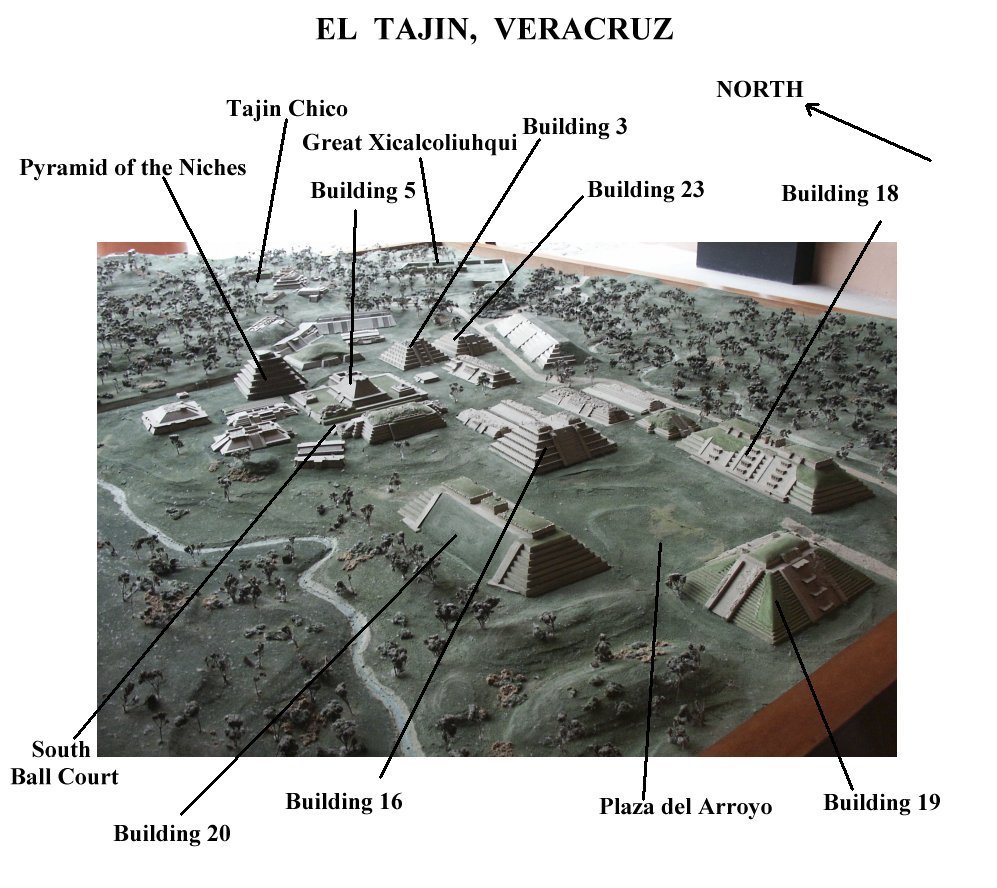
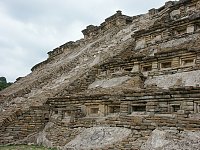
|
Views of the Arrojo Group12 images |
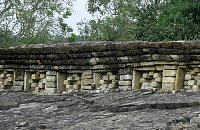
|
Views of the South Ballcourt12 images |
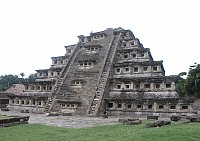
|
Views of Buildings 5, 3 and 23; views of pyramid of the niches19 images |
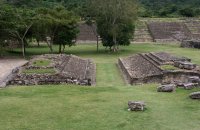
|
Views of North Ballcourt and Ballcourt 17/2712 images |
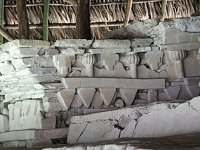
|
Views of Building C and Building I (Palace of Art)9 images |
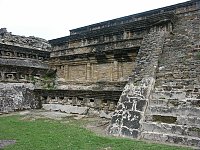
|
Views of residences, Tajín Chico12 images |
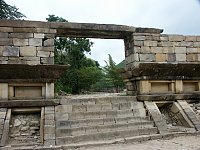
|
Views of La Gran Xicalcoliuhqui2 images |
 Go to the Mexico Index.
Go to the Mexico Index.
 Click here to return to index of art historical sites.
Click here to return to index of art historical sites.
 Click here to return to index of artists and architects.
Click here to return to index of artists and architects.
 Click here to return to chronological index.
Click here to return to chronological index.
 Click here to see the home page of Bluffton College.
Click here to see the home page of Bluffton College.

